Report: Innovation drives packaging sector amid 5 disrupting trends
McKinsey & Company study looks at profit-sustaining pillars arising from a lean decade

Anyone who watches a young child unwrap a gift often sees their fascination shift from the contents to the box itself. It is an early testimony to the importance of consumer packaging.
Innovation is an historic hallmark of packaging. The French government in the early 19th Century paid a cash prize for the tin can, deemed the best invention to preserve food for Napoleon’s military.
Fast forward to today. Embedding a near-field communication chip in a bottle of Remy Martin premium cognac to guarantee authenticity might be a modern-day equivalent of the tin can. Or it could save lives from food and drink tampering.
Most of these innovations, from gable-topped milk cartons to a plant-based Coca-Cola bottle, drive consumer demand for sustainable packaging. A McKinsey & Co. study suggests the trend will continue even as the packaging sector is disrupted by five trends:
- Growth of e-commerce
- A shift toward sustainable materials
- Changing consumer preferences
- Disruptive technologies
- Greater margin pressure on retail and consumer packaged goods
“These trends will create new opportunities for companies to improve their performance against all dimensions of Quality of Revenue and drive the next wave of operational efficiency,” said Nick Santhanam, McKinsey senior partner and leader of the Industrials Practice in North America.
Profit Machines
Since 2013, packaging solution companies have generated profits, closing the gap with the industrial sector as a whole.
McKinsey found that after more than a decade lagging the industrial sector, packaging solutions improved operational performance with a 2 percent EBITDA margin expansion. Companies used capital more efficiently and realized higher revenue growth, which contributed to a 2.2 percent compound annual growth rate from 2013 through 2017.
The industrial sector declined 1.4 percent in the same period.
Asia-Pacific Demand
Packaging companies have a strong global presence, though demand patterns are shifting. The Asia-Pacific region accounts for about 43 percent of total demand, followed by North America with 24 percent and Western Europe with 18 percent.
Between 2017 and 2022, about 70 percent of packaging growth will come from emerging markets. Annual growth is forecast to be highest in China (5.2 percent) and India (5.8 percent) during this six-year period.
To understand these numbers in context, consider that North America is expected to see only 1.2 percent annual growth.
Proof point: China’s online retail market accounts for 80 percent more internet sales than the U.S., even with the growth of targeted efforts like Amazon Prime days.
Fragmented Billions
Packaging generates about $900 billion in annual revenues worldwide. But the sector is highly fragmented and extremely competitive. Its businesses measure an infinitesimal 0.002 on a scale of 0 to 1 in relation to their industry typical size based on the Herfindahl-Hirschman index.
The top 25 to 30 companies account for less than 25 percent of the total market. More than a thousand small, private companies that serve mostly local customers account for the bottom 25 percent. Between these groups lie more than 500 small-to-midsize companies.
Merger Mania
Many packaging companies are using acquisitions to gain scale and acquiring technologies in search of an advantage.
In the past decade, most packaging innovation typically originated with consumer products good brand owners or raw material suppliers. An analysis of 45 large packaging companies showed an average of more than three technology-targeted acquisitions per company over the past five years. The targets are typically small companies. The median transaction value is about $70 million.
“We need to focus on innovation,” said Ted Doheny, president and CEO of Sealed Air. “And if we’re not moving fast enough, that’s when we should think about M&A to fill the gap and drive more growth.”
Quality of Revenue
Improving Quality of Revenue (QoR) is key to driving sustained value creation in packaging. QoR is a measure of market and customer attractiveness with the strength of product offerings and business model.
How a company improves its QoR depends on its strengths and current position. For most companies, it will require considering where the market is today and where it is headed.
Packaging Products and Accessories
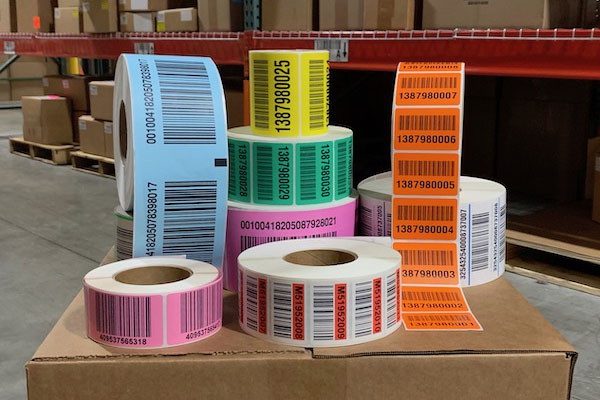 Preprinted Pallet/LPN Labels
Preprinted Pallet/LPN Labels
Labels work with warehouse inventory systems to help track products.
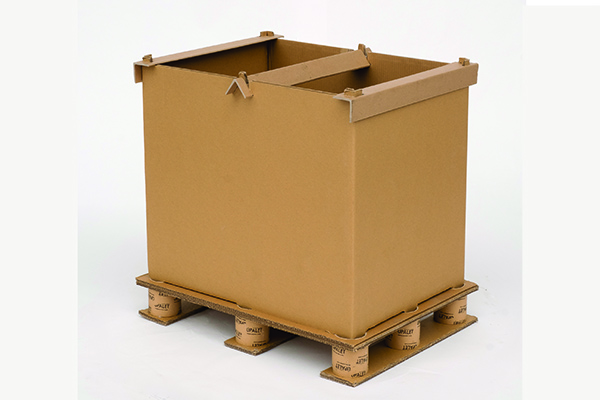 Úpalet Box
Úpalet Box
Recyclable, biodegradable cardboard container.
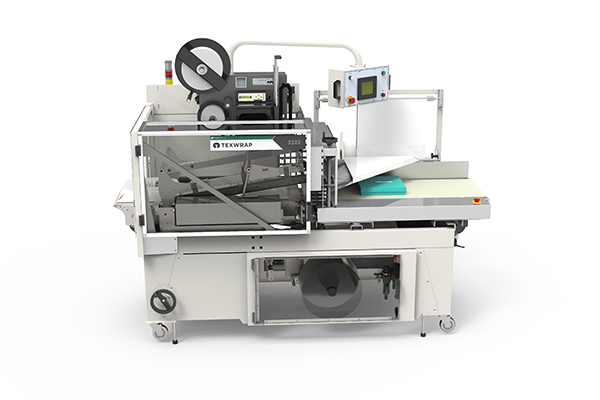 3322 E-commerce Auto-Mailer
3322 E-commerce Auto-Mailer
Automate e-commerce packaging with wrapper/labeler.
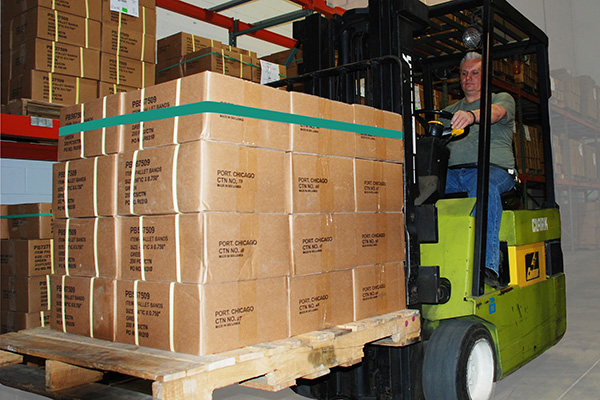 Aero Pallet Bands
Aero Pallet Bands
Create safer environments and make order picking easier.
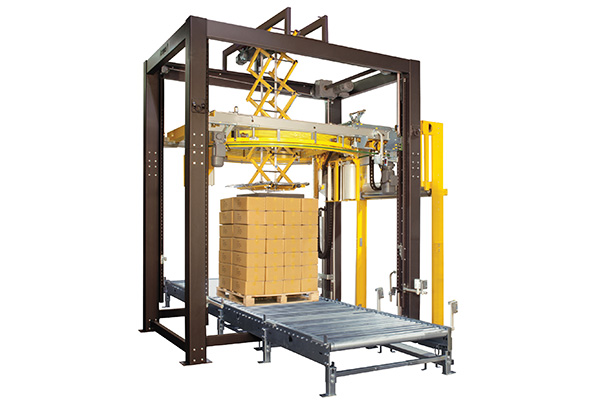 Octopus “S” Series Automatic Rotary Ring Stretch Wrapper
Octopus “S” Series Automatic Rotary Ring Stretch Wrapper
Pallet wrapping machine incorporates famous Octopus ring type method.
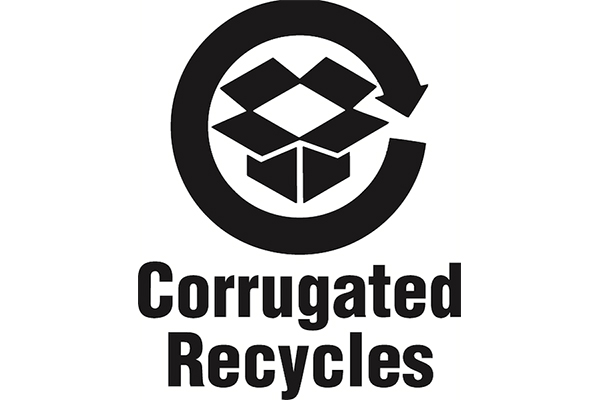 Corrugated Packaging
Corrugated Packaging
How Corrugated Boxes Support Omnichannel Sustainability

Article Topics
Latest in Materials Handling
RoboGeorgia launches to make Georgia a leading robotics and automation hub Vehicle-mounted computers: Beyond rugged New packaging idea for the cold chain Autonomous mobile robots (AMRs) offer modern solution to challenges of traditional farming Hyster-Yale Group provides students with real-world AI experience in 2024 Kellogg Design Challenge KION Group’s board extends CEO Rob Smith’s contract by five years UniCarriers Forklift joins Quality Equipment in opening celebration of new location More Materials HandlingSubscribe to Materials Handling Magazine

Find out what the world's most innovative companies are doing to improve productivity in their plants and distribution centers.
Start your FREE subscription today.
April 2024 Modern Materials Handling

Latest Resources










